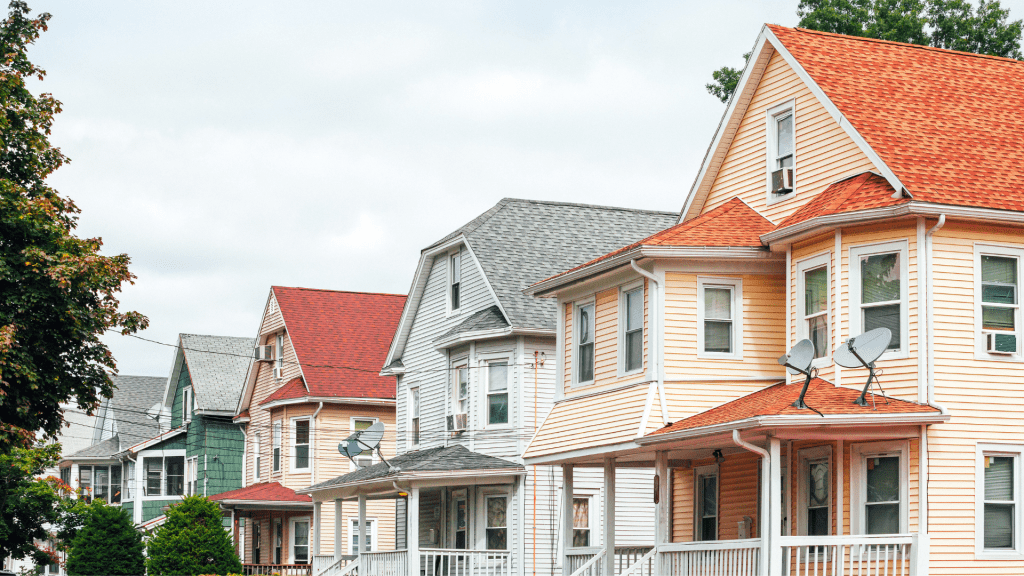MASSACHUSETTS SENIORS, particularly those who are low income, are often stymied in their hunt for later-in-life homes because of a mismatch between their specific demographic needs and the dearth of appropriate housing in the state.
Each year, 2Life Communities CEO Amy Schectman notes, Massachusetts ranks 50 out of the 50 states as the worst state for elder economic security – and that is largely due to high housing costs.
“If you look at the path to optimal aging, it includes addressing the two biggest threats, economic insecurity and loneliness,” she said on The Codcast. 2Life helps seniors from all backgrounds find housing in the state, but they’re particularly focused on connecting low-income elders to housing that fits their particular life stage and needs, because affordable versus supportive housing is often a life-stage-specific trade-off.
“When you’re a younger person, and you’re moving in with a young family into housing, you’re wanting it to be a platform for economic growth,” Schectman said. “That’s a great thing. You want to stabilize a household and then have opportunities. When you are 80, you’re not so much looking at how to stabilize your household so you can have economic prosperity. You are looking at how, ‘do I create goals for myself for this phase of life?’”
Schectman, a past president of the affordable housing organization Citizens’ Housing and Planning Association (CHAPA), serves on the Governor’s Housing Advisory Council and the boards of Massachusetts Housing Investment Corporation and The Community Builders. 2Life operates affordable senior housing in eight communities, most recently completing 142 new senior living apartments in the Boston neighborhood of Brighton.
Affordable senior housing is a complicated financial problem. The federal government Section 202 program for supportive elderly housing used to allow everyone under the program to pay one-third of their income in rent and covered some core social work services, but in Schectman’s view, “it’s been reinvented in a way that doesn’t work as well,” leaving affordable housing groups more dependent on Low-Income Housing Tax Credits.
But Schectman describes a “fundamental mismatch” between those tax credits assuming a person earns between 45 and 60 percent of the area median income, and the reality that the majority of housing being built for low-income elders is for those below 40 percent of area median income. Further, there is a “100 percent misalignment,” she says, between incomes low enough to qualify for state Long-Term Services and Supports providing medical and non-medical services and high enough to qualify for low-income tax credit eligibility.
“It’s very rare to see someone in their eighties or nineties have a boon to their income,” Schectman said. “It’s actually usually flat. And in fact, in real terms, it’s declining as other costs increase – medical care, maybe some home care.”
Because seniors are often leaving chapters of their lives behind and moving into a new one – whether they’re downsizing, in need of additional physical supports, or just want to be around other people in their same life stage – a fundamental goal of senior housing, whatever the price point, should be retaining some sense of dignity and joy, Schectman said.
“It’s not that anyone else doesn’t care about older adults or doesn’t believe in their dignity. Everybody does,” she said. “The way the systems are set up make it much harder to do the range of programs and interesting things we do, so that everyone can find their own pathway into community.”
Seniors are a diverse group like everyone else, so offering an array of programs and activities from book clubs to concerts to art shows to chess clubs is a necessity in Schectman’s view.
“Government funds don’t support that,” she said. “In fact, they don’t support, generally, any of those things I just mentioned,” which means hitting the pavement for private philanthropy dollars.
“Housing has always – traditionally in the government’s sphere – been thought about as, well, roof over your head, heat and hot water, and bingo, things are great. And believe me, those things are incredibly important and they are great,” she said. “However, if you want to have someone live their whole life with you and not end up leaving you for a nursing home prematurely, then you have to be set up to recognize that in some cases as people age into their nineties and hundreds, sometimes frailty sets – in either physical or cognitive.”
Particularly among older adults, loneliness and isolation can take physical as well as emotional tolls.
The National Council on Aging notes that social isolation and loneliness put older adults at risk for high blood pressure, heart disease, obesity, a weakened immune system, anxiety, depression, cognitive decline, Alzheimer’s disease, and even death. One researcher cited by the council found that loneliness can increase risk of mortality by 50 percent for older adults — higher than the effects of air pollution, obesity, and excessive alcohol use.
“You have to be prepared to provide the underpinning of all the supports people need,” Schectman said. “And you have to be thinking about loneliness, isolation, and social integration.”
The post The senior struggle to age in community appeared first on CommonWealth Beacon.

